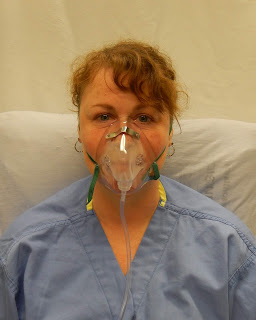Green Chemistry

Green chemistry , also called sustainable chemistry , is an area of chemistry and chemical engineering focused on the designing of products and processes that minimize or eliminate the use and generation of hazardous substances. Principles of green Chemistry. The twelve principles of green chemistry are: Prevention : prevention West is better than treating or cleaning up waste after it is created. Atom economy :. Synthetic methods should try to maximize the incorporation of all materials used in the process into the final product.This means that less waste will be generated as a result. Less hazardous chemical syntheses . Synthetic methods should avoid using or generating substances toxic to humans and/or the environment. Designing safer chemicals. Chemical products should be designed to achieve their desired function while being as non-toxic as possible. Safer solvents and auxiliaries . Auxiliary substances should be avoided wherever possible, and as non-hazar



